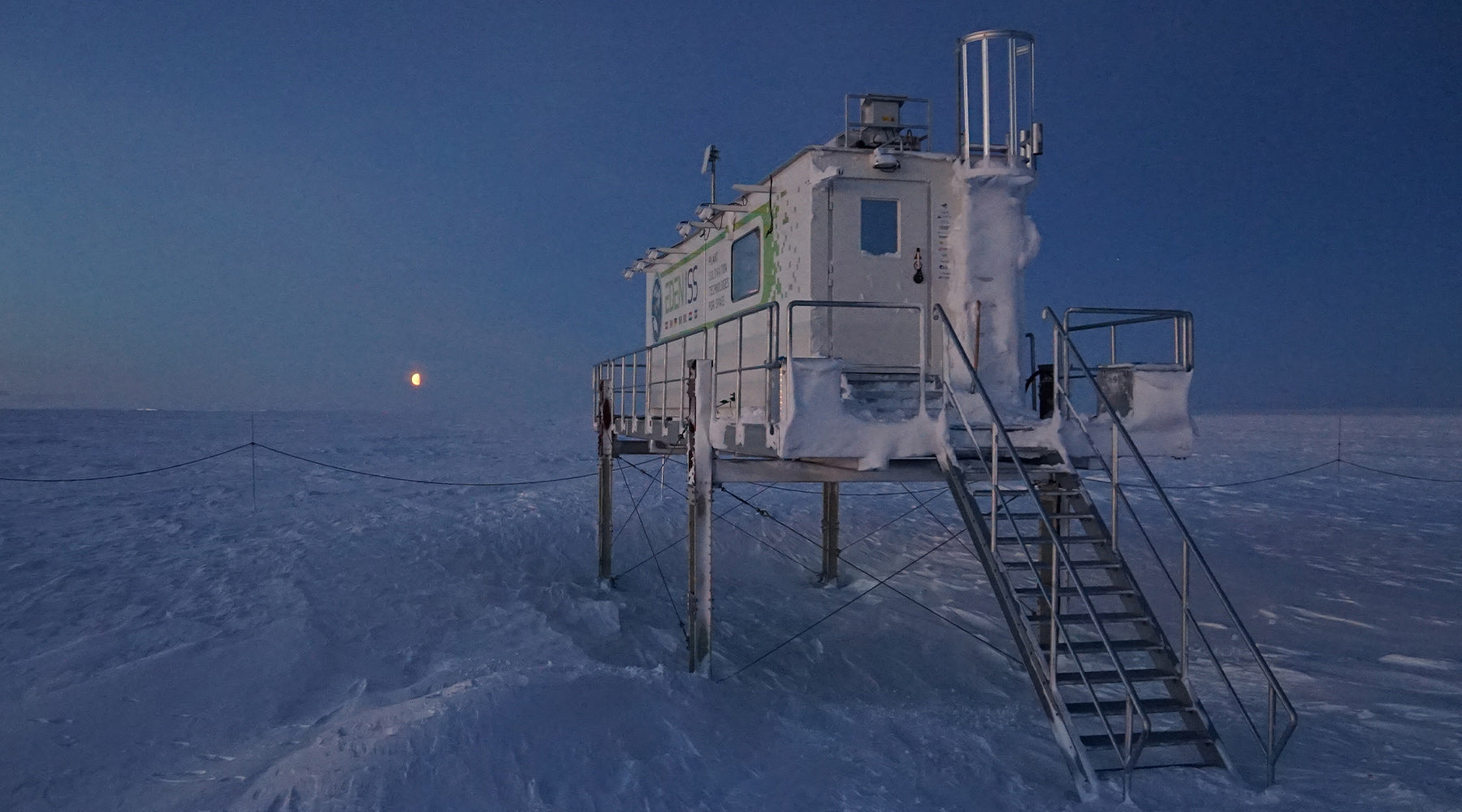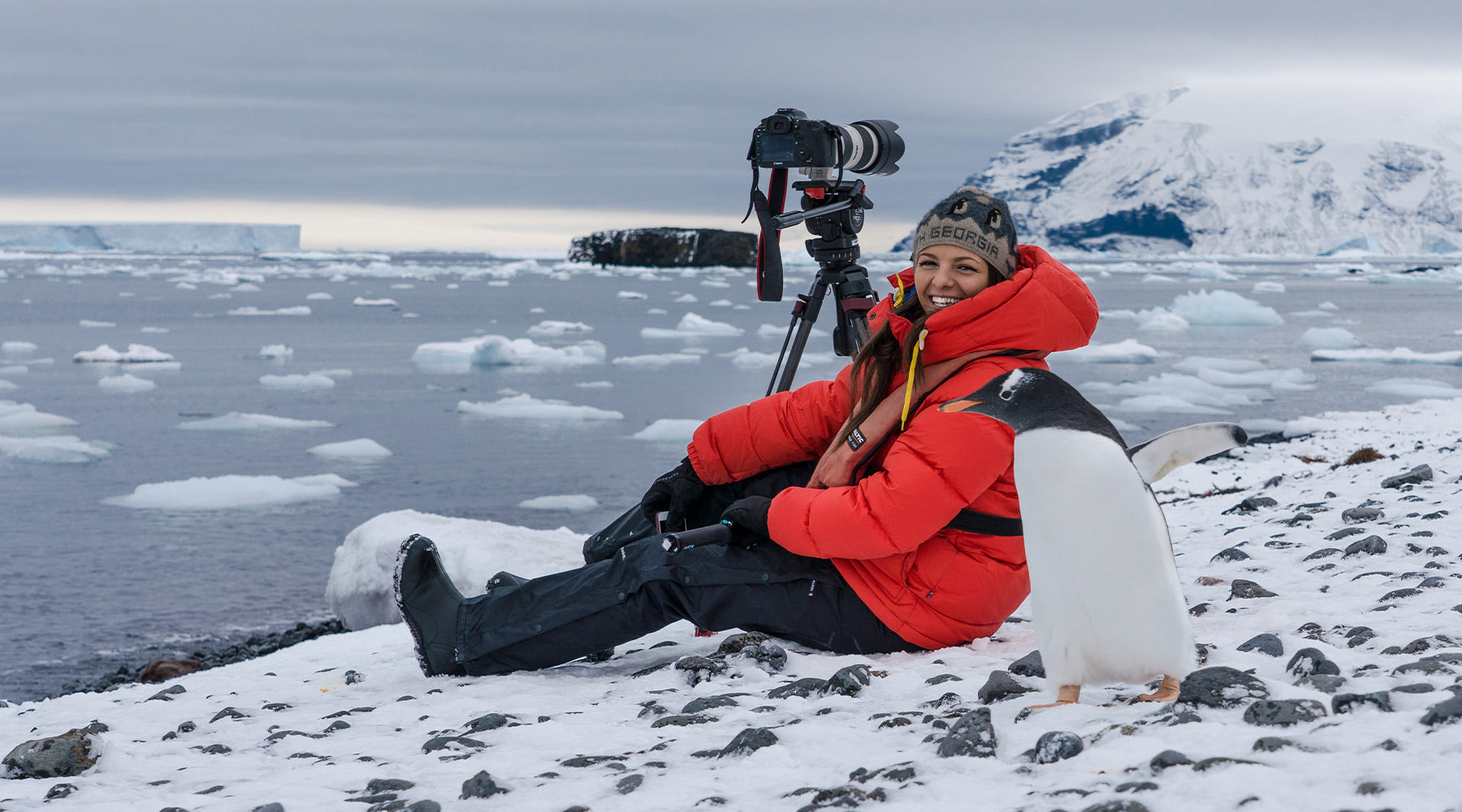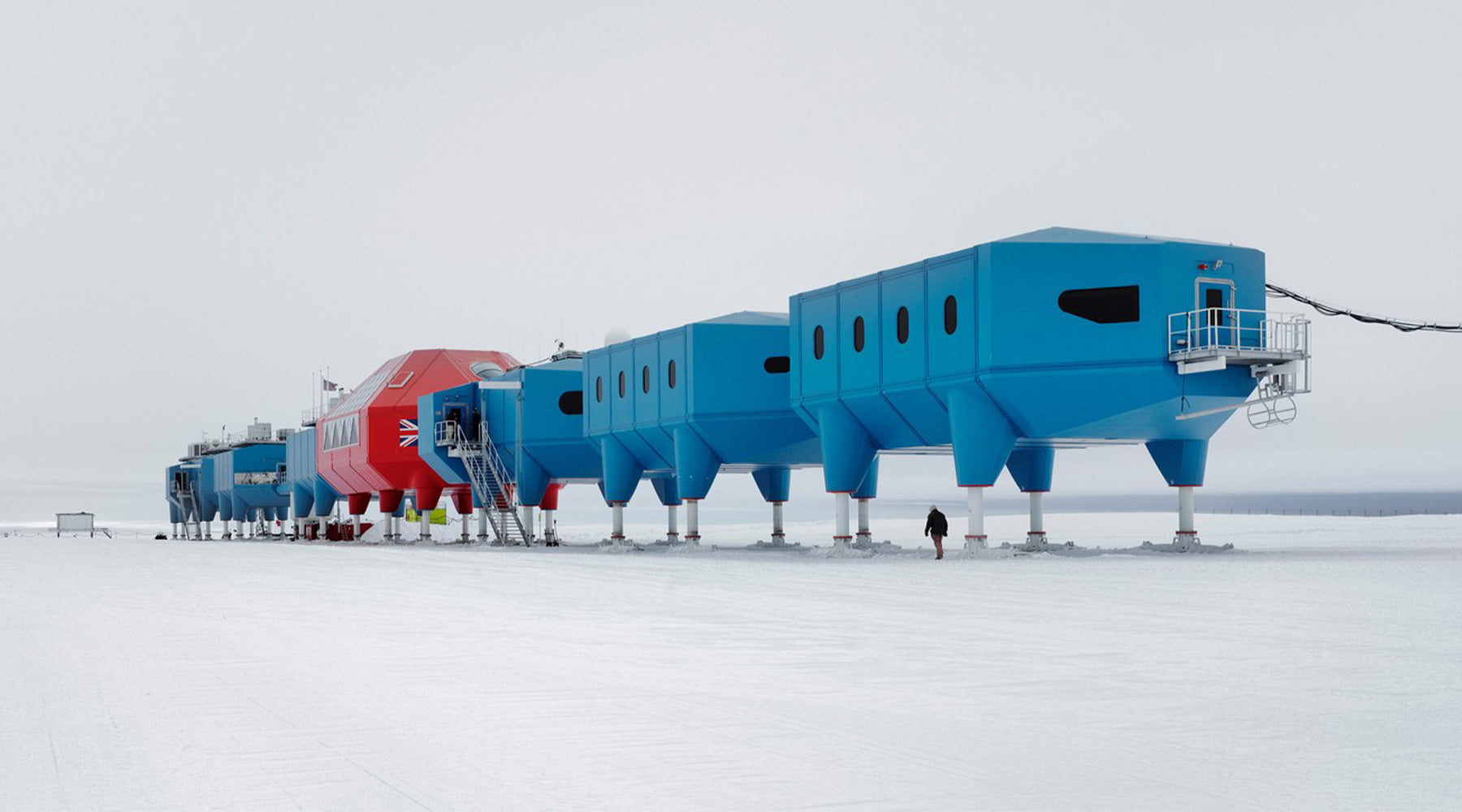
The Astrobotanist: gardening in Antarctica
Context is everything. While the humble tomato may be known to most gardeners as a beginner crop for the unambitious, there are locations in which it is a symbol of aspiration and ingenuity. One of those locations is the Antarctic, which, for all its elemental splendour, can only sustain any kind of plant life at all on one per cent of its surface. Yet in 2017 an experiment began which has long term implications not just for those on the frozen continent itself but for travellers beyond the stratosphere.
Words by Rachel Halliburton // Images courtesy of DLR German Aerospace Center
This month (January 2021) sees the latest arrival of scientists participating in that experiment. Among them is Jess Bunchek, a plant scientist from NASA’s Kennedy Space Center. Antarctica has long been a destination for space research – its ruthless climate, inhospitable terrain, extreme cold and distance from civilisation (one research centre is further from human settlement than the International Space Station) mean that its conditions are comparable to Mars or the Moon. Bunchek’s destination is the German Neumayer III station on the Ekström Ice Shelf in East Antarctica, where in 2017 the arrival of a greenhouse raised the stakes scientifically, nutritionally and psychologically.

It is, obviously, no ordinary greenhouse. Beyond temperatures that can drop to -50ºC, it must deal with the Antarctic’s months of darkness during the winter and months of daylight during the summer. Ambitiously named the Eden ISS, it is in essence a closed-system 12.5 square metres shipping container, in which plants are grown using aeroponics and artificial light.
There are two good reasons for using aeroponics. For a start you can’t take soil to the Antarctic, because of the risk of introducing even microscopic non-native species. But aeroponics – a common technique in vertical farms – is also a potential solution for growing vegetables in restricted areas like a space station. The plants sit on racks with their roots exposed, nourished by being sprayed with a nutrient-rich mist. They also benefit from extra carbon dioxide and a temperature that consistently hovers just below 24ºC. According to Raymond M Wheeler, a plant physiologist with NASA’s Exploration and Research and Technology programs: “We know we can grow a wide range of crops in closed systems using aeroponics, even including field crops like wheat, soybean, potato, etc. – not just leafy vegetables. Also, we know that depending on the species, if we give higher light levels we get higher yields of food and oxygen (from photosynthesis). This is important to know for future life support systems where area and volume will be very limiting.”

Bunchek will be spending a year growing tomatoes, cucumbers, lettuce and mustard plants here as part of her research on how to produce crops in isolated, confined and extreme (ICE) environments. Normally she and her fellow researchers would have flown to the Antarctic, but because of COVID they boarded a ship in Germany’s Bremerhaven on December 20 for a slower journey during which they could be monitored for the virus. The Indiana-born Bunchek first interned at NASA in 2018, where she took part in programs like the ‘VEG-04A experiment’. This looked at the impact of factors like quality of light and fertiliser on plant growth, and the experiment was transferred to the International Space Station (ISS).
In order to be approved for this collaboration between NASA and the EDEN ISS team, Bunchek has also had to be trained in skills ranging from mountain glacier survival to fire protection. The former involved spending a week on a glacier in the Tirol region of Austria, going through scenarios including how to rescue someone from a crevasse, how to treat injuries, and how to stabilise and transport an individual with hypothermia. A further big challenge, as for all scientists overwintering in the Antarctic, has been preparing to deal with the isolation. The Neumayer III station is only reachable by plane or icebreaker, and that is only possible during the Antarctic summer. There is a small basketball court and a large-screen television, but otherwise very little distraction from months’ of working at close quarters with a small group of people.

Scientists who have previously worked with the Eden ISS have talked not just about the discoveries they have made about how best to grow plants in extreme environments, but also about how it benefited them psychologically. One has described how “you don’t smell anything in Antarctica, but then you come into the greenhouse and you smell tomatoes, pepper, cucumber, vegetables. It is something very calming and recharging.” Dr Wheeler says that as well as examining factors like how crops respond to changes in the light spectrum, or different concentrations of carbon dioxide, NASA is “conducting surveys of the space station crew on their responses to having fresh food and the ability to go into the plant chamber”. The researchers are able to eat the results of their experiments as well as take observations. In a recent 9.5-month period the greenhouse produced nearly 600 pounds (270kg) of fresh food.

Bunchek will spend a year at Neumayer III, which is managed by the German Aerospace Centre Institute of Space Systems. The work she does will directly complement NASA’s ongoing experiments at its International Space Station in the Veggie and Advance Plant Habitat growth chambers. It is impractical for NASA to test every single system it is going to use for exploration in deep space at the ISS. Because – micro-gravity apart – it matches so many of the conditions in space, Antarctica is the ideal alternative environment.
“EDEN ISS is a unique project; there are only a couple other facilities like this in the world,” Bunchek said before leaving. “What makes it unique is the extreme climate and the overwintering aspect. This collaboration between DLR and NASA aims to help shape the design of a future lunar or Martian greenhouse and the requirements of astronaut crew support.”


